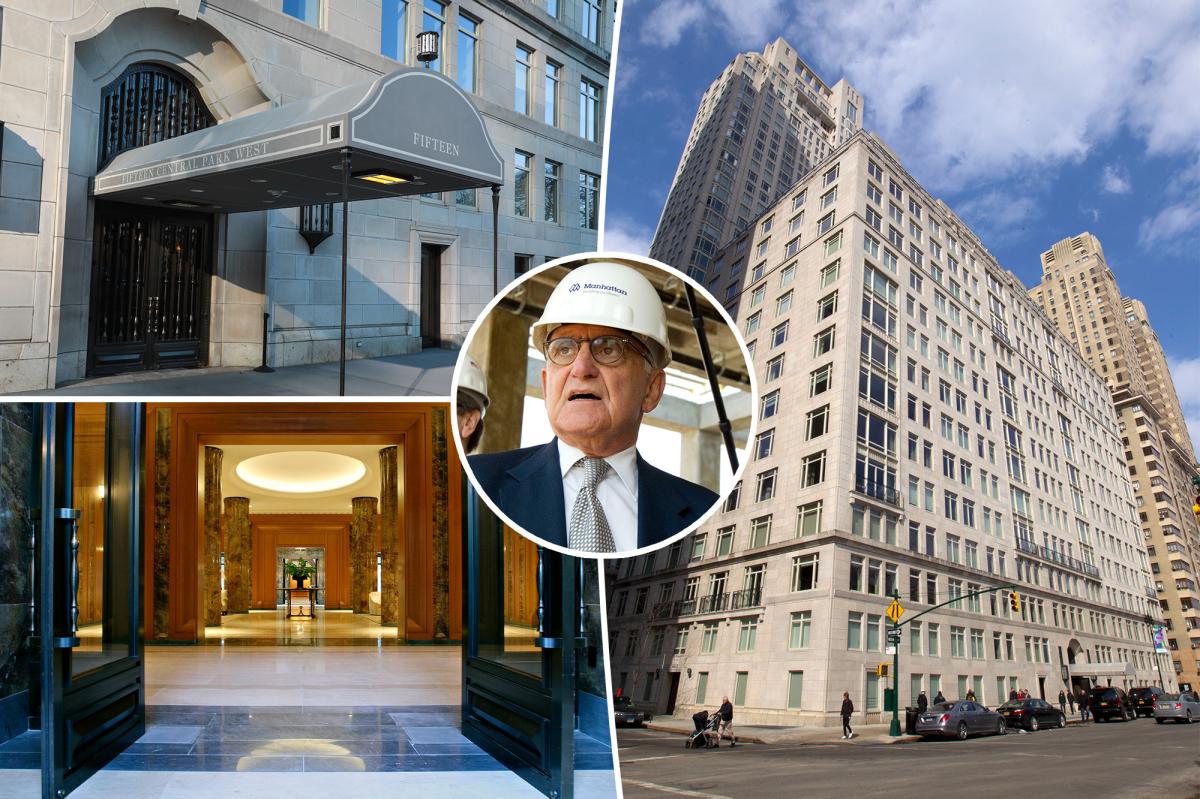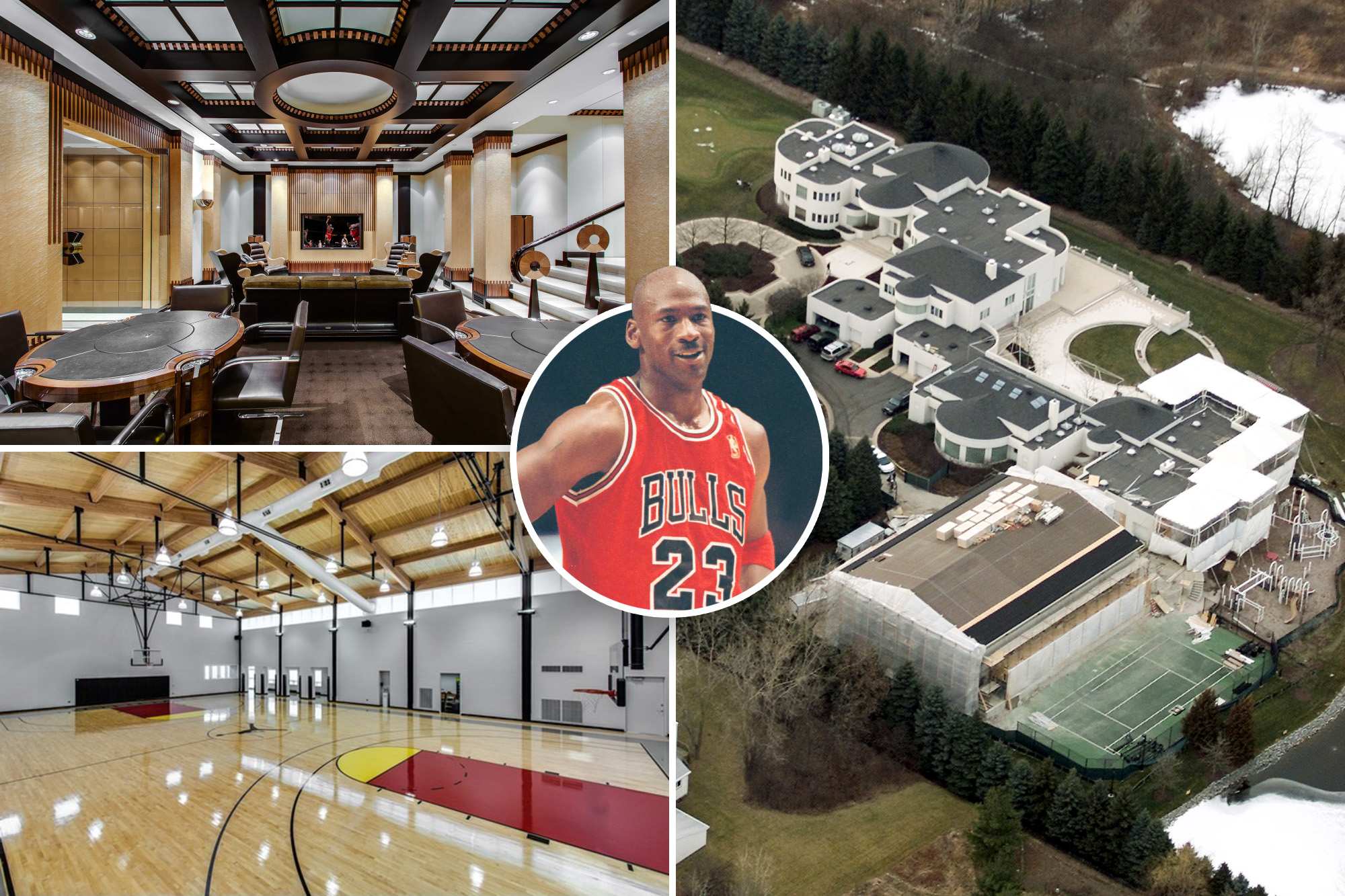T
he Federal Reserve has started lowering rates, but the commercial real estate (CRE) market is still stuck in a tough spot. The key issue isn’t the Fed’s policy moves; it’s the disconnect between short‑term policy rates and long‑term Treasury yields that drive mortgage pricing.
### Why the Fed’s cuts haven’t helped CRE
In October 2025 the Fed trimmed its benchmark rate to 3.75%‑4.00%, its second cut of the year. On paper this should ease financing for a sector that has been squeezed by high borrowing costs since 2022. In reality, the 10‑year Treasury yield rose after the Fed signaled that further cuts were unlikely, hovering around 4.1%. Commercial mortgages are priced against these long‑term yields, not the Fed funds rate. Bond markets still doubt that inflation is fully under control, so they demand a premium for the risk.
Commercial loans now trade 200‑300 basis points above Treasuries. What once looked like an extraordinary cost of capital has become the new norm. Investors who were used to sub‑3% returns during the pandemic era must accept that the baseline has shifted.
### A simple illustration
Take a high‑quality retail building in a strong market. In 2021 it might have sold at a 5% cap rate with 65% leverage at 3% interest. Equity returns were attractive, refinancing was easy, and appreciation seemed inevitable. Fast‑forward to today: the same property would need a 6.5% cap rate to attract buyers, and debt would be available at 7%. Leverage that once amplified returns now erodes them. The financial logic that supported valuations for over a decade has collapsed.
This explains why transaction volume remains low. Sellers remember 2021 prices and resist markdowns. Buyers price deals against today’s cost of capital and can’t justify yesterday’s valuations. The bid‑ask spread has narrowed, but it hasn’t closed.
### The looming refinancing crisis
The real pressure comes from debt that is due, not new acquisitions. Nearly $1 trillion of CRE loans will mature in the next few quarters. Many originated in the ultra‑low‑rate environment of 2020‑2021. Borrowers locked in 3% fixed rates now face renewals at 7% or higher. For levered properties, this can turn positive cash flow into losses overnight.
Consider a $50 million loan at 3%: annual interest is $1.5 million. At 7%, it jumps to $3.5 million—an extra $2 million in expenses that must be covered by rent increases, expense cuts, or additional equity. If a property can’t support the higher debt service, owners face tough choices: inject more capital, sell at a loss, or default.
This dynamic is already visible in office markets, where pandemic‑era work‑from‑home habits have permanently reduced demand. But it affects any asset that can’t grow income fast enough to offset higher financing costs.
### Opportunity for well‑capitalized investors
For investors with ample liquidity, the refinancing wave is a prime opportunity. It will expose overleveraged deals and distressed assets, creating openings for those who can provide rescue financing or acquire properties at discounted prices.
The playbook is simple but requires patience:
1. **Identify quality assets** held by owners who can’t refinance on acceptable terms.
2. **Offer rescue capital**—mezzanine debt, preferred equity, or outright acquisition—at valuations that reflect today’s cost of capital.
3. **Use conservative underwriting** based on current rates, not projected future cuts.
4. **Focus on income‑producing assets** with solid fundamentals rather than speculative plays that rely on rate movements.
Private credit funds and non‑bank lenders are already filling the gap, deploying capital at premium rates—often 10% or higher for junior positions. High‑net‑worth investors who pursue direct deals can earn attractive risk‑adjusted returns while maintaining meaningful collateral protection.
### Recalibrating return expectations
The most significant shift for high‑net‑worth investors is psychological: accepting that the zero‑rate era returns are unlikely to return soon. A levered equity return of 12‑15% was routine when borrowing at 3% against a 5% cap rate asset. Today, a 6.5% cap rate financed at 7% might generate an 8% equity return—if everything goes right. That’s not a bad absolute return, but it requires a mental reset after years of easy money.
The upside is that these returns reflect genuine economic value creation rather than financial engineering. Properties must perform operationally: rents must grow, expenses must be controlled. This shift toward fundamentals‑driven investing is healthier long‑term, even if it’s less lucrative short‑term.
An 8% equity return on a well‑located, income‑producing property with moderate leverage may actually represent superior risk‑adjusted performance compared to the double‑digit returns of the previous cycle, especially when factoring in the reduced refinancing risk that comes with conservative capital structures.
### Positioning for the next phase
The late‑2025 interest‑rate environment demands a different playbook than the past 15 years. The gap between short‑term Fed policy and long‑term market rates creates both challenges and opportunities for those who understand the dynamics.
Success will require patience with deployment. The refinancing wave will produce dislocations over quarters, not weeks. Waiting for motivated sellers often yields better terms than forcing deals today. Conservative assumptions are essential—underwrite to today’s rates, not projected future cuts. Properties must generate cash flow from day one. Capital appreciation driven by cap‑rate compression is less reliable now. The focus should be on income‑producing assets with solid fundamentals rather than speculative plays dependent on rate movements.
### Bottom line
Fed rate cuts have begun, but commercial real estate remains in transition. Long‑term yields haven’t followed short‑term cuts, keeping financing costs elevated. The massive refinancing wave ahead will separate well‑capitalized, patient investors from those who overextended in the easy‑money era.
For high‑net‑worth investors, this isn’t a time to retreat from CRE; it’s a time to be selective and ready to act when genuine distress creates genuine opportunity. The deals won’t look like 2021, and the returns won’t mirror that era either. But for those who adjust their expectations to match today’s reality, the next few quarters could offer some of the best risk‑adjusted entry points in years.













